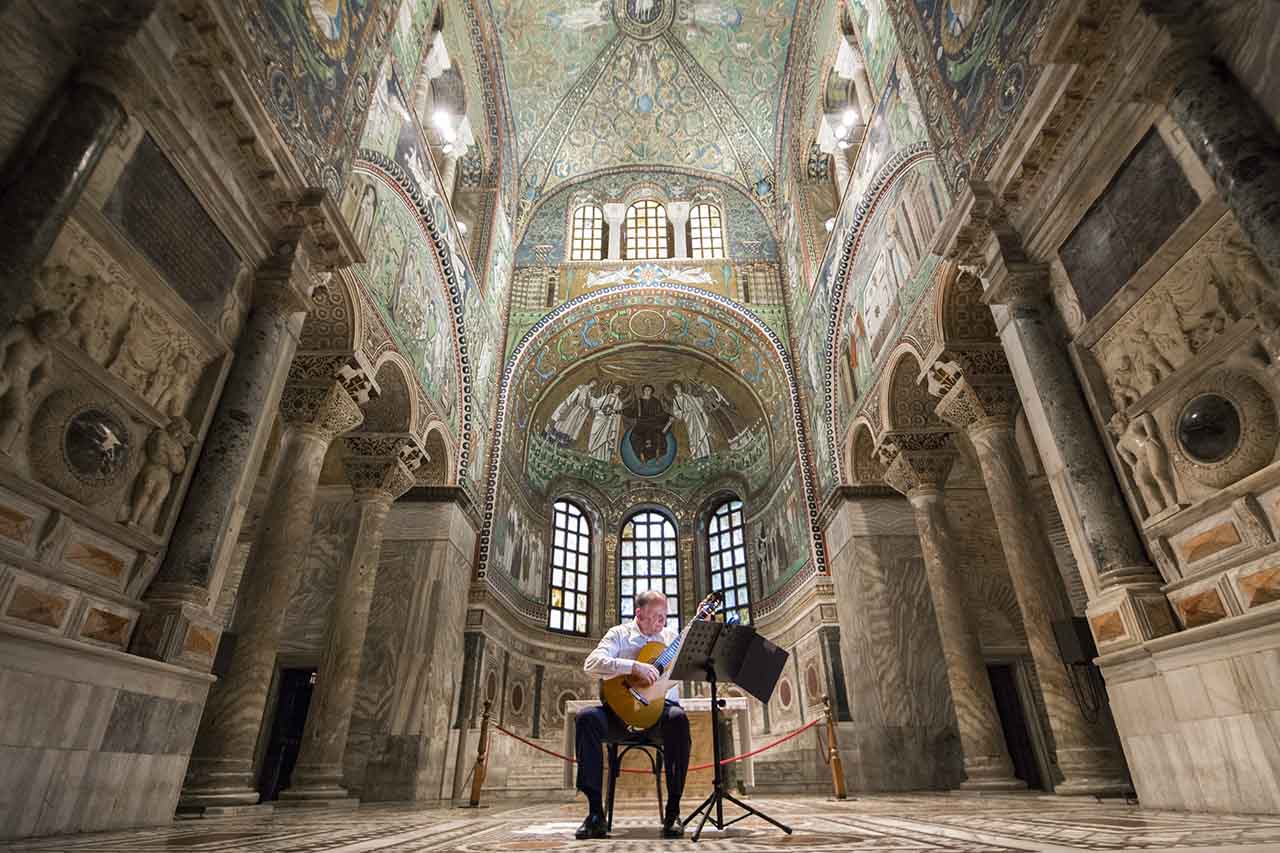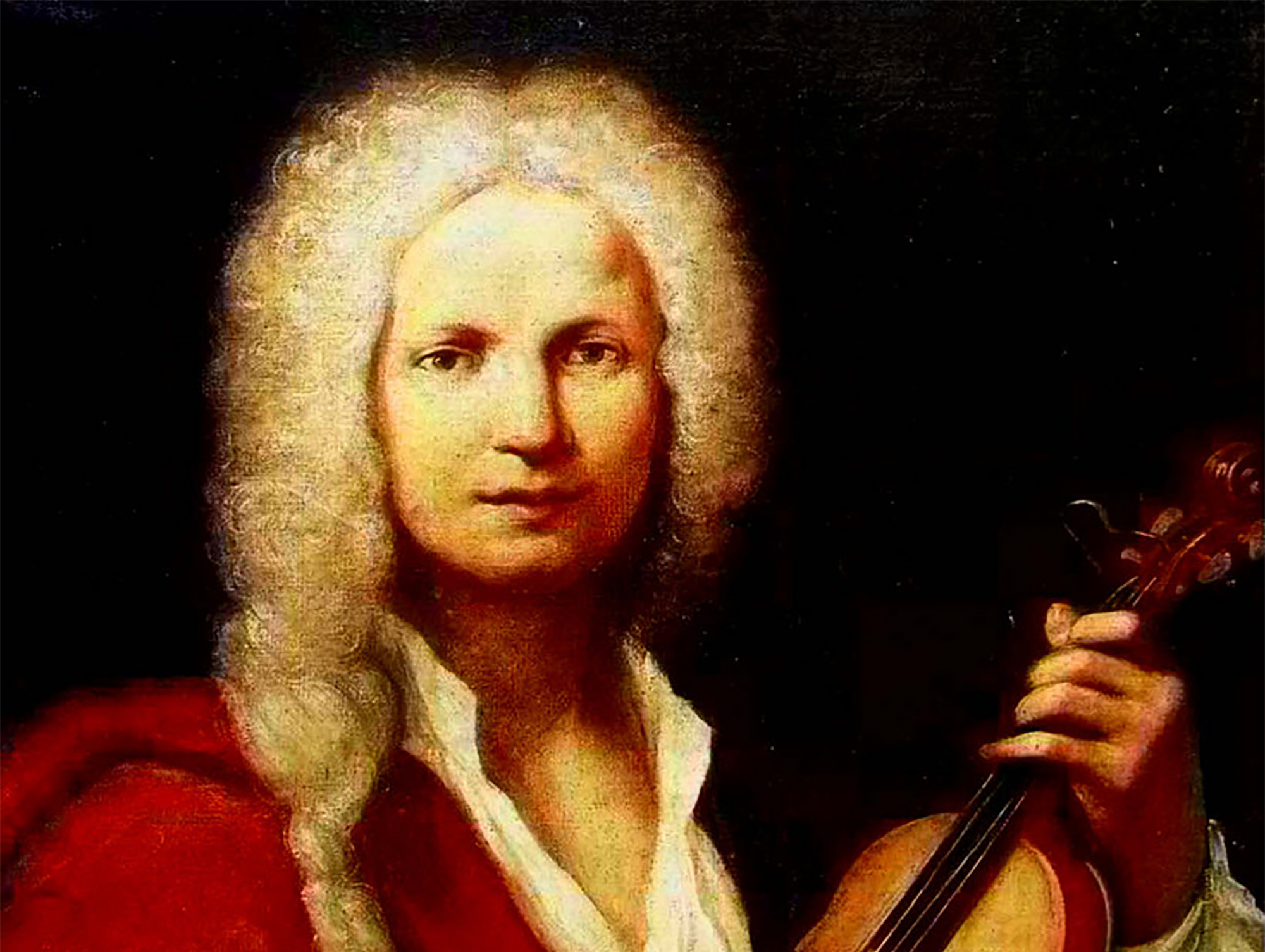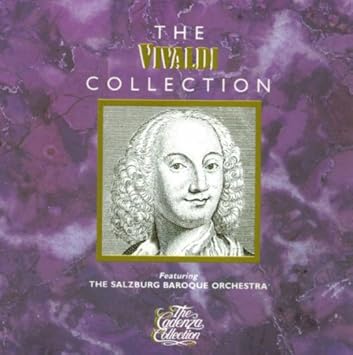Antonio Vivaldi - Four SeasonsBudapest StringsBela Banfalvi, ConductorYou can get the exact album I have here on Amazon: (affiliate).H. However, if you wish you can pre-configure the repositories first and install Vivaldi from there. The following is a quick guide. Select your Linux distribution (below). Start a “Terminal” and paste in the commands (one by one), entering your admin password as needed.
Our editors will review what you’ve submitted and determine whether to revise the article.
Join Britannica's Publishing Partner Program and our community of experts to gain a global audience for your work! Betsy Schwarm
and our community of experts to gain a global audience for your work! Betsy Schwarm
The Four Seasons, Italian Le quattro stagioni, group of four violinconcerti by Italian composer Antonio Vivaldi, each of which gives a musical expression to a season of the year. They were written about 1720 and were published in 1725 (Amsterdam), together with eight additional violin concerti, as Il cimento dell’armonia e dell’inventione (“The Contest Between Harmony and Invention”).

The Four Seasons is the best known of Vivaldi’s works. Unusually for the time, Vivaldi published the concerti with accompanying poems (possibly written by Vivaldi himself) that elucidated what it was about those seasons that his music was intended to evoke. It provides one of the earliest and most-detailed examples of what was later called program music—music with a narrative element.
Vivaldi took great pains to relate his music to the texts of the poems, translating the poetic lines themselves directly into the music on the page. In the middle section of the Springconcerto, where the goatherd sleeps, his barking dog can be marked in the viola section. Other natural occurrences are similarly evoked. Vivaldi separated each concerto into three movements, fast-slow-fast, and likewise each linked sonnet into three sections. His arrangement is as follows:
Spring (Concerto No. 1 in E Major)
Allegro
Spring has arrived with joy
Welcomed by the birds with happy songs,
And the brooks, amidst gentle breezes,
Murmur sweetly as they flow.
The sky is caped in black, and
Thunder and lightning herald a storm
When they fall silent, the birds
Take up again their delightful songs.
Largo e pianissimo sempre
And in the pleasant, blossom-filled meadow,
To the gentle murmur of leaves and plants,
The goatherd sleeps, his faithful dog beside him.
Allegro
To the merry sounds of a rustic bagpipe,
Nymphs and shepherds dance in their beloved spot
When Spring appears in splendour.
Summer (Concerto No. 2 in G Minor)
Allegro non molto
Under the merciless sun of the season
Languishes man and flock, the pine tree burns.
The cuckoo begins to sing and at once
Join in the turtledove and the goldfinch.
A gentle breeze blows, but Boreas
Is roused to combat suddenly with his neighbour,
And the shepherd weeps because overhead
Hangs the fearsome storm, and his destiny.
Adagio
His tired limbs are robbed of rest
By his fear of the lightning and the frightful thunder
And by the flies and hornets in furious swarms.
Presto
Alas, his fears come true:
There is thunder and lightning in the heavens
And the hail cuts down the tall ears of grain.
Autumn (Concerto No. 3 in F Major)Winter (Concerto No. 4 in F Minor)
Allegro
The peasant celebrates with dancing and singing
The pleasure of the rich harvest,
And full of the liquor of Bacchus
They end their merrymaking with a sleep.
Adagio molto
All are made to leave off dancing and singing
By the air which, now mild, gives pleasure
And by the season, which invites many
To find their pleasure in a sweet sleep.
Allegro
The hunters set out at dawn, off to the hunt,
With horns and guns and dogs they venture out.
The beast flees and they are close on its trail.
Already terrified and wearied by the great noise
Of the guns and dogs, and wounded as well
It tries feebly to escape, but is bested and dies.
Allegro non molto

Frozen and shivering in the icy snow,
In the severe blasts of a terrible wind
To run stamping one’s feet each moment,

One’s teeth chattering through the cold.
Largo
To spend quiet and happy times by the fire
While outside the rain soaks everyone.
Allegro
To walk on the ice with tentative steps,
Going carefully for fear of falling.
To go in haste, slide, and fall down to the ground,
To go again on the ice and run,
In case the ice cracks and opens.
To hear leaving their iron-gated house Sirocco,
Vivaldi Four Seasons
Boreas, and all the winds in battle—This is winter, but it brings joy.
by George Bozarth
Co-Artistic Director, Musique du Jour Presents
Last weekend I mentioned that, in addition to arranging a four-violin concerto from Antonio Vivaldi’s popular L’estro Armonico, op. 3, for four harpsichords and strings, Bach “reduced” three concertos from this set for unaccompanied harpsichord, and two more for organ. He most likely prepared these “reductions” during the period July 1713–July 1714, while he was serving as organist to the court of the Duke of Weimar and learning the new Italian style stemming from sunny Venice. I’ve placed “reduced” and “reductions” in quotation marks because, while fitting the full tutti onto just a keyboard, Bach went further and added more contrapuntal lines to Vivaldi’s texture. Some of the concertos he transposed into different keys.
Canaletto – The Entrance to the Grand Canal, Venice
Canaletto-The-Bucintoro-Venice
Canaletto-Veduta-del-Palazzo-Ducale-Venice
CONCERTO No. 3 in G major, RV 310 —> CONCERTO in F major, BWV 978
- Allegro
- Largo
- Allegro
A scalar motive, easy to hear when it returns, opens the ritornello. The solo violin offers up echos and sequences. Standing in stark contrast is the minor-key Largo, with lyrical wisps and arabesques in the solo violin supported by bleak orchestral chords (“Winter”?). Active life is rejoined in the Allegro Finale, which is all hustle and bustle, with the bass charging forward, echo effects and engaging syncopations in the upper strings, and the soloist showing off fast-note virtuosity.
Vivaldi: Performed by Elizabeth Wallfisch, violin, with Tafelmusik, by Jeanne Lamond
https://www.youtube.com/watch?v=J6b7WH9Le-E
Watch how Bach adds to the left-hand imitations of the right hand’s scalar motive, to increase the movement’s dynamism.
Bach: Performed by the elegant young French harpsichordist and organist Benjamin Alard
https://www.youtube.com/watch?v=Uv3sUq-GJe0
CONCERTO No. 9 in D major, RV 230 —> CONCERTO in D major, BWV 972
- Allegro
- Larghetto
- Allegro
For this work we’ll listen to two recordings: Fabio Biondi playing the Vivaldi and Richard Egarr performing the Bach. The Allegro is announced with a group of well-spaced, snappy dotted rhythms open to interpretation — is it a slow introduction (Biondi) or an assertive overture (Egarr)? The same interpretative options are available for the central Larghetto, as witness our two recordings — is it soulfully sad, or is it melancholy yet strongly anchored? On the harpsichord Egarr’s Finale is a bold burst of sound, replete with bounding chords and improvised trills; with Biondi’s orchestra, it is a spritely, dance-like dash-to-the-finish, with quick minor-key inflections.
Vivaldi: Performed by violinist Fabio Biondi with Europa Galante
https://www.youtube.com/watch?v=Ymn1i-kMn2M
Bach: Performed by the English harpsichordist Richard Egarr, playing on a 1640 Ruckers harpsichord
https://www.youtube.com/watch?v=CACAlhcmKPM
As Egarr notes, “Bach added an interesting part for the left hand in the third movement, and in the first movement he fitted a whole string orchestra onto one harpsichord, while also making the music more appropriate for keyboard.” For a demonstration of how Bach did this, see Richard Egarr’s chat at:
https://www.youtube.com/watch?v=DWYCEqH3RfE&t=os
CONCERTO No. 12 in E major, RV 265 —> CONCERTO in C major, BWV 976
The Vivaldi Collection
- Allegro
- Largo (Vivaldi) —> Largo e spiccato (Bach)
- Allegro
The chipper ritornello Allegro, with its bouncing repeated notes, is always welcome on each reappearance. The solo violin appears with a bit of the opening motive in sequence before weaving its own extensions of fancy fiddle-work, specializing in showy cross-string playing. The Largo features contemplative dueting between soloist and first violin, often in stepwise sequences, ending in warm, secure cadences. In The English Concert’s interpretation the ritornello of the Allegro final has a galloping feeling, setting off the soloist’s rapid-fire displays of virtuosity. Yet, all ends quietly.
The Vivaldi Aerial
Vivaldi: Performed by violinist Simon Standage with Trevor Pinnock and The English Concert
https://www.youtube.com/watch?v=9bGxZMUoBh8
Bach: Performed by Robert Hill on a harpsichord built by his brother, Keith Hill, with a scanning score that allows you to see, as well as hear, the step dynamics in the tutti sections using the two keyboards, the brilliant passage-work in the solo sections, as well as how a fine harpsichordist ornaments the melodic lines, inserts poignant hesitations (especially in the Largo), and employs a wonderful variety of arpeggiation (or rolling) of full chords to create lush “orchestral sounds.” After hearing Vivaldi’s original Finale, you’ll be amazed at the incredible arrays of left-hand passage-work that Bach adds to drive the movement forward at a manic pace. You’ll need to take some deep breaths after the roiling, then crashing climax! In Bach’s hands (and Hill’s performance) Vivaldi’s quiet closing takes on a certain nobility of accomplishment.
https://www.youtube.com/watch?v=xL0LLFcJENg
The Vivaldi Work That Took A Whole
During his years in Weimar, Bach also transcribed two of Vivaldi’s double violin concertos for the solo organ. We shall explore these works next week.
